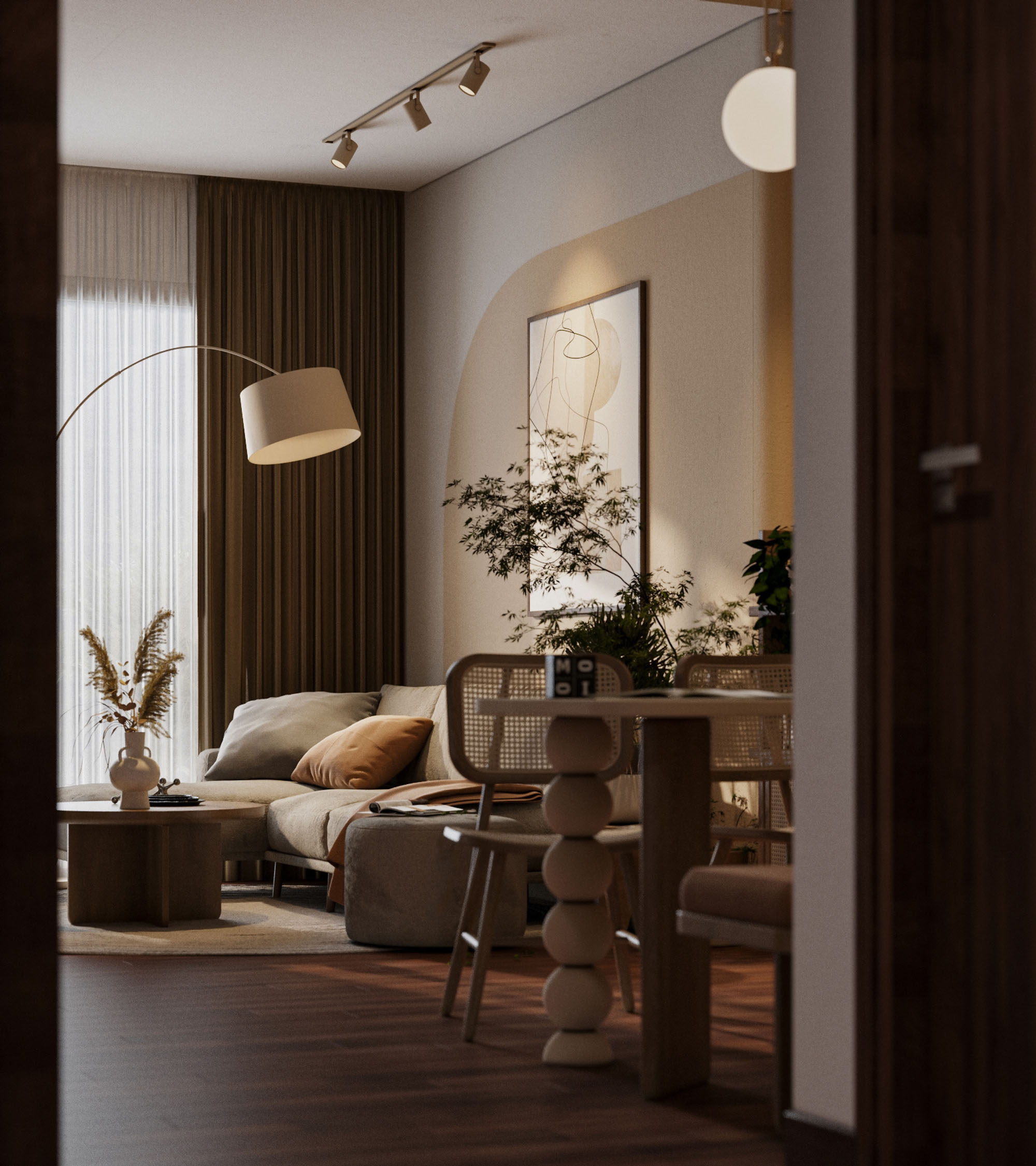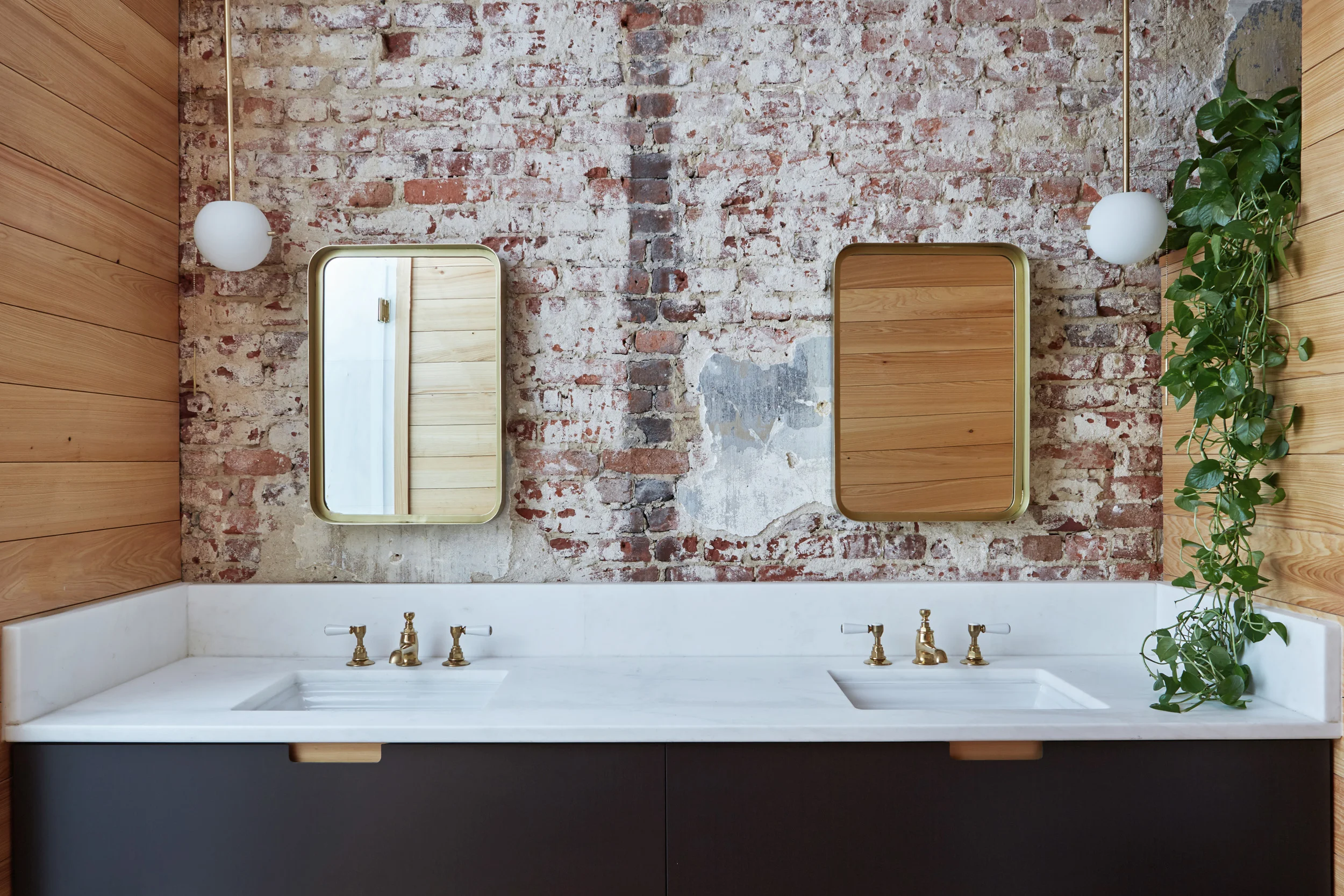Embracing Imperfection: How Textured Interior Design Can Make Your Space More Inviting
As the world gravitates towards perfection, there's a movement in interior design that's taking a step back to appreciate the beauty in imperfection. Textured interior design embraces the idea that a space can be more inviting and relatable when it showcases natural materials, handcrafted elements, and unique features that add depth and character. In this article, we'll explore the concepts of textured interior design and share tips on how to bring warmth and sincerity to your space through a mix of classic and modern materials.
The Philosophy Behind Textured Interior Design
The concept of textured interior design is rooted in the Japanese philosophy of Wabi-Sabi, which celebrates the beauty of imperfection and incompleteness. This design approach encourages us to embrace the natural imperfections of materials, handcrafted elements, and unique features that bring sincerity, truthfulness, and openness to a space. In doing so, we create a welcoming environment that defies stereotypes and encourages genuine connections.
.webp)
Exploring the Elements of Textured Design
Incorporating textured elements into your home's design can transform it into a more inviting and comfortable space. Here are some key aspects to consider:
Visual texture in interior design
Interior wall texture design can have a significant impact on the overall feel of a room. By incorporating textured wallpaper or textured paint, you can create visual interest and a sense of depth in your space. This can be achieved with subtle patterns, bold designs, or even through the use of textured plaster.

Tactile texture in interior design
Tactile texture refers to the way a surface feels to the touch. Adding tactile elements like rugs, cushions, and throw blankets can create a sense of warmth and comfort in a room. Experiment with different materials like wool, linen, and faux fur to find the perfect combination that appeals to your sense of touch.

Rough and smooth
Combining rough and smooth textures can create a sense of balance and harmony in your space. For instance, pairing a sleek, streamlined sofa with a rough-hewn wooden coffee table can provide visual and tactile contrast that makes the room feel more dynamic and interesting.
The Art of Layering in Interior Design
Layering is an essential aspect of textured interior design. By layering elements, you can create a sense of depth and complexity that makes a room feel more complete and visually appealing. Here are some tips for successful layering in your space:
Start with a solid foundation
Before you begin layering textures, it's essential to have a solid foundation in place. This can be achieved by choosing a neutral color palette and incorporating classic design elements like simple, clean lines and timeless furniture pieces. This foundation allows you to build upon it with various textures without overwhelming the space.

Mix different types of textures
One of the keys to successful layering is incorporating a variety of textures. This can include visual textures like patterns on textiles and wallpaper, as well as tactile textures like soft blankets and textured upholstery. Mixing different types of textures adds interest and depth to a room, making it feel more inviting and visually appealing.
.jpg)
Experiment with scale and proportion
When layering textures, consider the scale and proportion of each element. For instance, pairing large-scale patterns or artwork with smaller, more intricate textures can create a sense of balance and harmony in a room. This helps to create a cohesive and well-designed space.
Creating a Balance Between Classic and Modern Materials
A well-executed textured interior design incorporates a mix of classic and modern materials to create a space that feels both timeless and contemporary. Here are some ways to achieve this balance:
Blend traditional materials with modern finishes
By updating traditional materials like wood or stone with modern finishes or treatments, you can create a unique and sophisticated look that bridges the gap between classic and contemporary design.
Introduce unexpected materials
Incorporating unconventional materials like metal, concrete, or acrylic can add an element of surprise and intrigue to your space, making it feel more dynamic and interesting.

Mix and match furniture styles
Combining furniture pieces from different eras and styles can create a unique and personalized space that reflects your own design sensibilities.
Our Personal Experience: The Tribeca Apartment Project
In one of our recent projects, an apartment in Tribeca, we had the opportunity to embrace the principles of textured interior design fully. We utilized a hand-troweled rough texture of plaster on the walls, which not only added depth and visual interest, but also highlighted the natural imperfections and unique characteristics of the material.
.jpg)
By combining this organic element with a mix of classic and modern materials, we created a space that felt both timeless and contemporary, as well as warm and inviting. The project is a testament to the power of textured interior design in transforming a space into a truly personal and welcoming environment.
Conclusion
Embracing imperfection through textured interior design can make your space more inviting and create an atmosphere of warmth and sincerity. By incorporating a mix of visual and tactile textures, layering elements, and balancing classic and modern materials, you can create a unique and personalized environment that defies stereotypes and fosters genuine connections.
Remember to experiment with different materials, textures, and styles to find the perfect combination that appeals to your personal design sensibilities. And don't be afraid to embrace the beauty of imperfection and natural materials; these elements can add depth, character, and warmth to your space, making it truly one-of-a-kind.
In the end, textured interior design is about creating a space that reflects your own truthfulness and openness, where you and your loved ones can feel genuinely at home. So go ahead, take a step back from the pursuit of perfection, and embrace the beauty of imperfection in your home.
